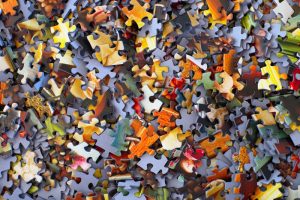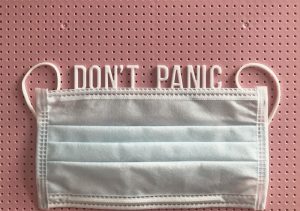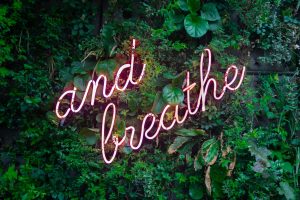
In our next blog, we will discuss some of the terms that people use to talk about wellbeing and resilience, but which don’t always mean the same thing to everyone. I am particularly interested in understanding what resilience means to individuals and organisations; working with the challenges and questions it poses and exploring it through other people’s eyes.
Having interviewed a number of people over the last couple of years on the topic of resilience I have learnt a lot about how we can build our own resilience. I’ve learnt what stops us being resilient and understand that the meaning of resilience can be very personal. I like the definition that resilience is having the capacity to bounce back into ‘shape’ – being able to pick myself up; noticing how I do that and learning from the experience.
I know that there are times when I have more resilience than others. It is not a fixed state and can be lost consciously and unconsciously.
Some believe resilience can be part of our ‘make-up’, and that some people have more resilience than others. Extensive research by American psychologist Dr Emmy Werner supports a theory that a third of us are born resilient.[i]
To an extent, our capacity to be resilient is set in childhood. If you learn from an early age (or any age!) that failure is not a bad thing, but something you can learn from, this will help you to bounce back in later life. The opposite can be also true. So what helps us to build our bounce-back-ability?
Quite often we do not know that we need to learn about our own resilience until something goes wrong. Learning from my own stories has been a huge help for me over the last couple of years when I have been faced with stressful situations. I know that if I get stressed, I can go into overdrive, so the ability to take a step back is very important. But I also know that I need to challenge myself in order to develop my resilience – I need to get out of my comfort zone now and then. Increasing stress levels in a manageable way is good for increasing my resilience. You can also build in your own personal practices, such as meditation, walking or talking to friends.
In my interviews there was a strong suggestion that the development of resilience can be attributed to a combination of who we are; our own inner resources; being able to have a perspective and being able to reframe situations you find yourself in. And perhaps most importantly, you need to have good human relationships and connections to help you bounce back into shape.
What does resilience mean to you? Share your thoughts with me and the network by writing to lise@oasishumanrelations.org.uk and we will feature this in the next Resilience and Wellbeing Network newsletter.
[i] The study supported the conventional wisdom that many children exposed to reproductive and environmental risk factors (for instance, premature birth coupled with an unstable household and a mentally ill mother) go on to experience more problems with delinquency, mental and physical health and family stability than children exposed to fewer such risk factors. However, among Werner’s most significant findings was that one third of all high-risk children displayed resilience and developed into caring, competent and confident adults despite their problematic development histories. She and her fellow researchers identified a number of protective factors in the lives of these resilient individuals which helped to balance out risk factors at critical periods in their development. Among these factors were a strong bond with a non-parent caretaker (such as an aunt, babysitter, or teacher) and involvement in a church or community groups.











